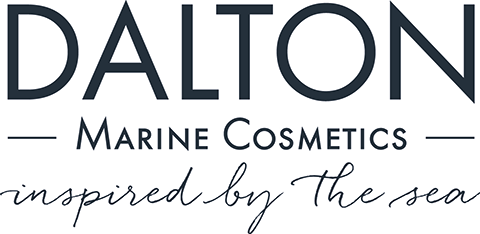
WELCOME TO THE WORLD OF DALTON MARINE COSMETICS
Please select your location

Europe
Belarus
Belgium
Bulgaria
Česká Republika
Danmark
Deutschland
Ελλάδα
España
Estonia
Finland
France
Hrvatska
- Distributor Contact
- English Webshop
Ireland
Italia
Κύπρος
Latvia
Liechtenstein
Lithuania
Luxembourg
Magyarország
Malta
Moldova
Monaco
Nederland
Norge
Österreich
POLSKA
Portugal
Pоссия
România
Slovakia
Slovenia
Sverige
Türkiye
United Kingdom
УКРАЇНА
Asia Pacific
AUSTRALIA
India
INDONESIA
Қазақстан
MALAYSIA
New Zealand
Philippines
SINGAPORE
VIETNAM
中国大陆
ประเทศไทย
대한민국
中国台湾
North America
Canada
México
United States
South America
Argentina
Bolivia
Brasil
Chile
Colombia
Paraguay
Perú
Uruguay
Venezuela
Middle East
Iran
Iraq
Jordan
KUWAIT
- Kuwait Shop
- DALTON Info Site
Lebanon
Libya
Oman
Qatar
UNITED ARAB EMIRATES
- United Arab Emirates Shop
- DALTON Info Site
Africa
Algérie
Egypt
GHANA
Madagascar
Maroc
Mauritius
Tunisie